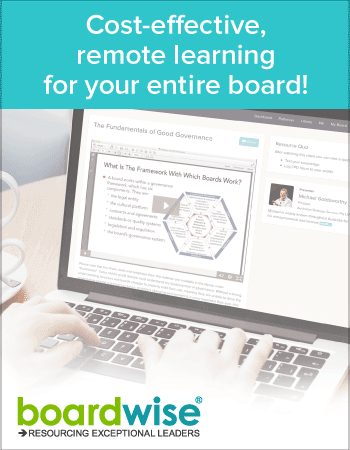How to Structure Your Board Packs
-
boardpacks
Board Packs How to Structure Your Board Packs
A well structured board pack optimises your board directors’ ability to digest information and prepare for productive meetings.
How should the company secretary or others responsible for board pack creation approach structuring packs for board meeting?
Follow these tips to facilitate easy board pack review and enhance strategic discussions and decision making.
Commence with Agenda and Highlights
Kick off every board pack with the meeting agenda to ground directors on scheduled topics and sequence. Include key meeting details for easy reference.
After the agenda, include a 1-2 page highlights document concisely summarising key issues and recommendations requiring attention.
This rapid read primes directors on crucial points before diving into full papers. Alternatively some boards like to have these highlights folded into a description against each agenda item.
Standardise Paper Order
Adopt a consistent standardised order for categories of papers within the broader chronological agenda flow. This logical grouping helps director’s to digest the entire pack more easily.
A example standardised board agenda sequence might be as follows:
- Minutes and actions from the previous meeting
- CEO report
- Financial statements
- Performance scorecards
- Committee updates
- Risk assessments
- Strategy/investment proposals
- Governance policies
- Background materials for other agenda items
However this should be customised to your organisation’s needs and requirements, and based on your board calendar that has been mapped to key topics that need addressing throughout the year.
Number and Index Lengthy Documents
Assign individual page numbers and tables of contents with section indexing to lengthy reports like analyst briefings, market overviews and regulatory guidance. Include 1-2 page executive summaries distilling key insights.
Link Related Content
Digitally enable linking between agenda items and corresponding documentation. Connect papers on the same topic across meetings for historical context. Hyperlink references to glossaries, appendices and supplementary materials rather than convoluted explanations within papers.
But use links judiciously - don’t overload directors with unrelated content requiring extensive clicking. Ensure links are fully descriptive of destination content.
Check Consistency
Verify board pack style, branding, formats and visual elements align with organisational guidelines and previous packs. Review agenda timing, paper scope and recommendations for continuity across meetings.
Consistency signals disciplined governance processes while making it easier for directors to absorb and reflect in information. Too much variability in board pack structure suggests a disorganised team or company secretary and means directors have to do additional work to decode the pack before they can consider its contents.
Finalise the Draft
After populating content, review the compiled draft pack to realign structure and emphasis if necessary. Verify balance across strategic priorities, compliance obligations and advisory content. Confirm all key decisions and discussion topics are supported by facts that pass analytical rigor.
“Right-size” packs by consolidating or relocating non-essential content to pre-reads. Eliminate redundancies across papers. Prioritise quality over quantity to focus director attention on material that truly requires their expertise.
Straightforward Navigation Promotes Engagement
A chronological, logically organised board pack allows directors to quickly zero in on relevant information. This ease of navigation means they can fully devote cognitive bandwidth to absorbing insights that underpin constructive guidance.
Clear structure and logical flow are the cornerstones of board packs that engage directors.
Distribute Digitally
Leverage technology for convenience and efficiency. Use your board portal to:
-
quickly build and distribute packs to directors.
-
keep packs consistent
-
allow easy annotation capabilities.
-
enable directors to move through board packs easily.
Board Pack Structure Template
Here is a simple, but effective, structure you can use as a template for your board packs if you don’t already have one.
Section Contents Cover Page Board meeting date, location, agenda highlights Table of Contents Page numbers for all documents (in a board portal this will be automated) Board Meeting Agenda List of agenda items, time allocations, and presenters Previous Meeting Minutes Minutes for approval from last board meeting Committee Reports Summary updates from audit, compensation, governance committees CEO Report Overview of company performance and priorities Financials Key financial statements, metrics, ratios Business Reports Performance overviews, trends, plans for key business units Background Briefs In-depth analyses and recommendations on major agenda items Resolutions Any resolutions requiring board approval Third Party Reports Relevant external research or analyses Appendix Supporting data, supplemental info In summary, a well structured board pack facilitates engaged oversight through comprehensive, relevant and digestible information.
Follow these best practices to empower your directors with what they need to guide strategy and governance effectively.
Additional Resources
Welcoming and Initiating New Board Members
Company Secretary Playbook: Effective Board Meetings



